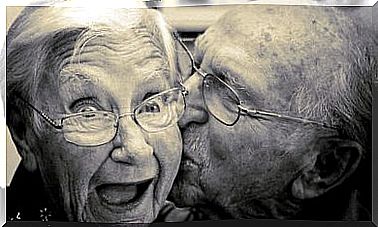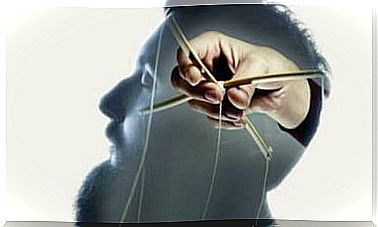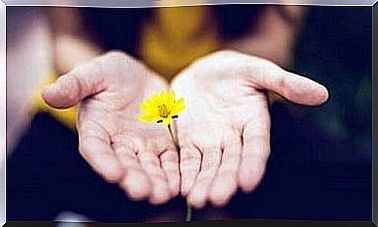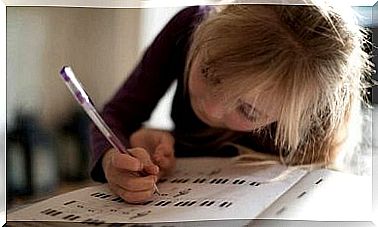Blue Eyes And Brown Eyes: An Experiment By Jane Elliot

Immediately after the assassination of Martin Luther King Jr., Professor Jane Elliot used minimal group paradigm to conduct an experiment that could teach students about racial discrimination. The minimal group paradigm has shaped an entire methodology in social psychology. In short, one establishes differences between a set of subjects to divide them into separate groups. This technique allows researchers to show how many different traits are needed to create defined groupings, and then analyze the subjects’ behavior within their groups.
In the 1960s, the United States was in the midst of a social race crisis. Professor Jane Elliot conducted a group experiment with her students that they would never forget. The idea was simple but deep. She wanted to show her students that an arbitrarily established difference could separate them and set them up against each other.
Jane Elliot’s experiment
Jane Elliot, a teacher and anti-racism activist, conducted a direct experiment with the students in her classroom. She told them that people with brown eyes were better than people with blue eyes. She also got the brown-eyed students to put on paper bracelets on the blue-eyed students.
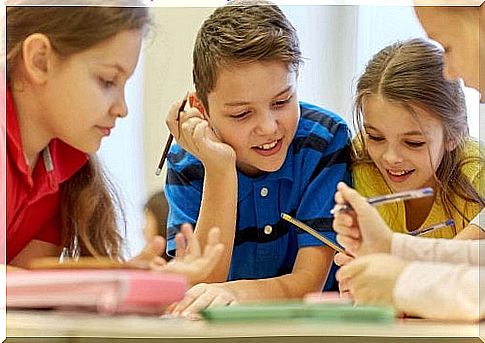
Eye color
Along with a few basic and arbitrary examples, Jane Elliot argued that brown-eyed people were better. The students were surprised, but they did not argue. In this way, she managed to create two clear groupings in the classroom:
- Brown-eyed people. There were several brown-eyed students in the classroom. They felt superior and had the support of the authority figure (the teacher). The brown-eyed students also displayed a certain level of power over blue-eyed students when they put on bracelets.
- Blue-eyed people. This was a small group. Elliot said that blue-eyed people were less intelligent and less pure. Not only were they in the minority, but the authority figure was against them.
Jane Elliot’s experiment and discrimination
The consequences of the minimal group became clear very quickly. A difference as simple as the eye color, defined and established by the authority figure, was enough to create a rift between the students.
The brown-eyed students began to behave aggressively and badly towards the blue-eyed children. The latter felt discriminated against by the other brown-eyed children.
What does discrimination look like?
Normally, “blue-eyed” is not an insult. But in this classroom, having blue eyes became a state of inferiority. The brown-eyed children did not want to play with “the blue-eyed” during the break. They also harassed them constantly.
The result of the experiment
The arbitrary division among the students became more intense during the experiment, so much so that it actually ended in physical violence. Children tend to fight, quarrel, and beat each other sometimes, but this time it was motivated by the color of their eyes. The next day, Jane Elliot switched groups. She told the students that the brown-eyed children were inferior and repeated the experiment. The results were the same.
From the classroom to the real world
When reading about this experiment, it is difficult not to question labels. If this arbitrary division that Elliot enforced for a few hours created so many problems in the classroom, what happens on a larger scale? Look at all the stereotypes and prejudices that exist, what kind of damage has it done?
It is not surprising that some social groups discriminate against each other due to ethnicity, religion and culture. These differences lead to war and hatred. Even family members can go against each other if an authority suddenly decides that these differences are a problem.
Jane Elliot’s experiment: A question of growing up
Jane Elliot had given a thorough reflection on the consequences of the minimal group experiment. She said it was shocking how the children, who were usually kind, cooperative and friendly with each other, suddenly became arrogant, discriminatory and hostile when they belonged to a “superior” group.
The hatred and discrimination that we see in adults has its origins in their upbringing. Society has made them think they are better than others for arbitrary reasons, such as skin color or gender.

Minimal groups today
This paradigm helps us to understand the current problems related to discrimination. Today, increased migration means more opportunities for people with different backgrounds to interact with each other, which is often a source of conflict.
The people and cultures that are already present in a place feel threatened by new immigrants. Their response is to create dichotomies of inferiority and superiority. As a result of these divisions, one will see racial discrimination or even terrorism.
The importance of education free from discrimination
The goal of the minimal group paradigm is to establish subjective differences and create a climate for favoritism. Thus, the dominant group, supported by authorities, will always have the upper hand. This procedure is sometimes so subtle that no one sees it happening. Some guidelines to avoid or reduce this effect are:
- Normalize differences. In the context of education, normalizing superficial differences between children can dampen feelings of superiority.
- Integrating activities. It is important to mix individuals with different traits, beliefs and cultures as much as possible, and get them to work together towards a common goal.
- The role of the teacher. In an authoritarian environment, the group closest to the authority figure (in this case the teacher) feels superior and justified.
To conclude, Jane Elliot’s experiment demonstrates the fragility of coexistence and cooperation. It also shows how arbitrary and subjective things can bring friends, family members and citizens up against each other.


